Long Feng
Nonlinear Multiple Response Regression and Learning of Latent Spaces
Mar 27, 2025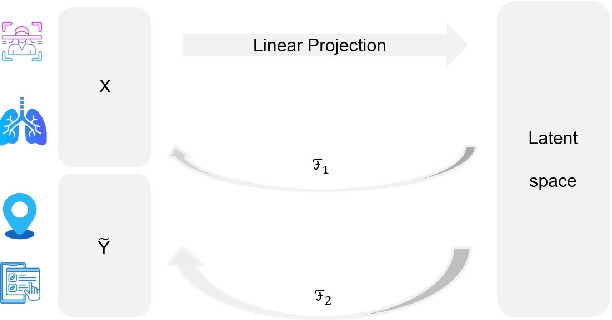
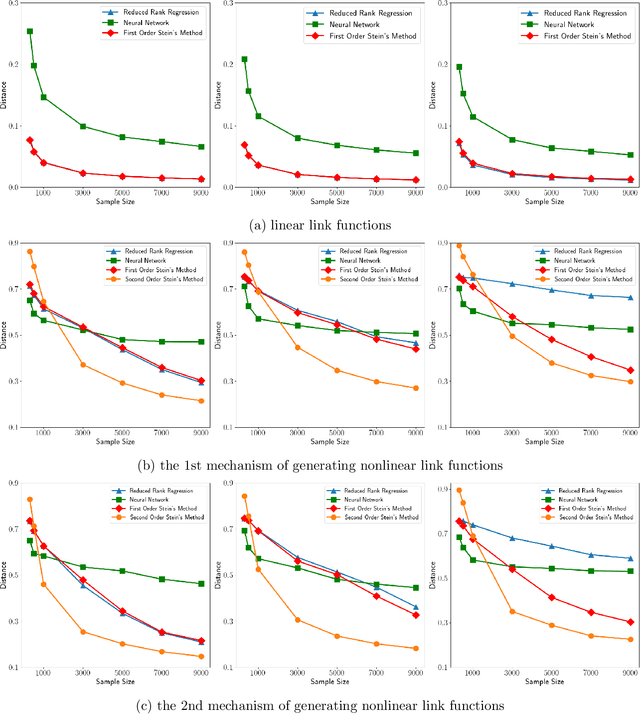


Abstract:Identifying low-dimensional latent structures within high-dimensional data has long been a central topic in the machine learning community, driven by the need for data compression, storage, transmission, and deeper data understanding. Traditional methods, such as principal component analysis (PCA) and autoencoders (AE), operate in an unsupervised manner, ignoring label information even when it is available. In this work, we introduce a unified method capable of learning latent spaces in both unsupervised and supervised settings. We formulate the problem as a nonlinear multiple-response regression within an index model context. By applying the generalized Stein's lemma, the latent space can be estimated without knowing the nonlinear link functions. Our method can be viewed as a nonlinear generalization of PCA. Moreover, unlike AE and other neural network methods that operate as "black boxes", our approach not only offers better interpretability but also reduces computational complexity while providing strong theoretical guarantees. Comprehensive numerical experiments and real data analyses demonstrate the superior performance of our method.
Sparsity-Induced Global Matrix Autoregressive Model with Auxiliary Network Data
Mar 11, 2025Abstract:Jointly modeling and forecasting economic and financial variables across a large set of countries has long been a significant challenge. Two primary approaches have been utilized to address this issue: the vector autoregressive model with exogenous variables (VARX) and the matrix autoregression (MAR). The VARX model captures domestic dependencies, but treats variables exogenous to represent global factors driven by international trade. In contrast, the MAR model simultaneously considers variables from multiple countries but ignores the trade network. In this paper, we propose an extension of the MAR model that achieves these two aims at once, i.e., studying both international dependencies and the impact of the trade network on the global economy. Additionally, we introduce a sparse component to the model to differentiate between systematic and idiosyncratic cross-predictability. To estimate the model parameters, we propose both a likelihood estimation method and a bias-corrected alternating minimization version. We provide theoretical and empirical analyses of the model's properties, alongside presenting intriguing economic insights derived from our findings.
Time Series Generative Learning with Application to Brain Imaging Analysis
Jul 19, 2024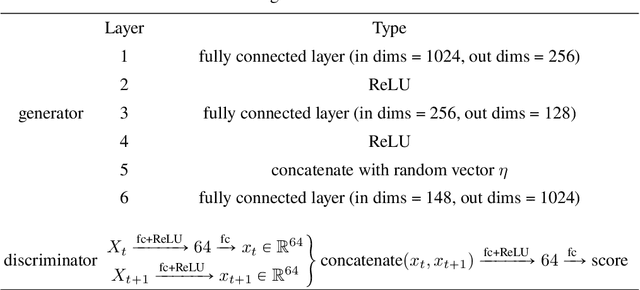
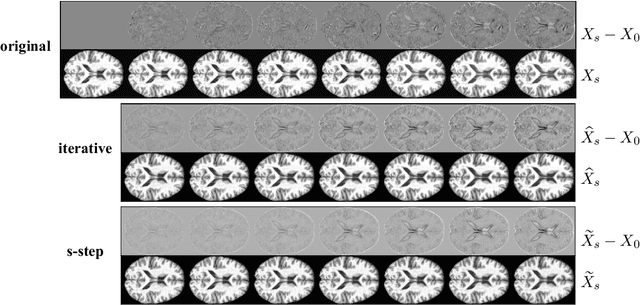
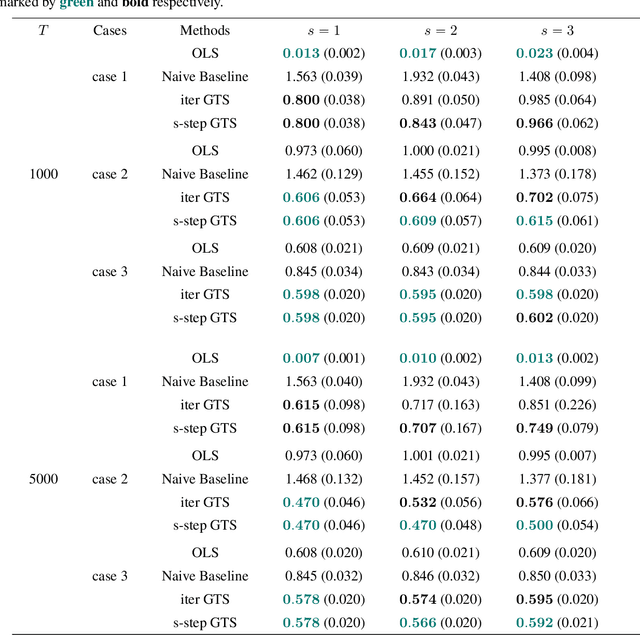
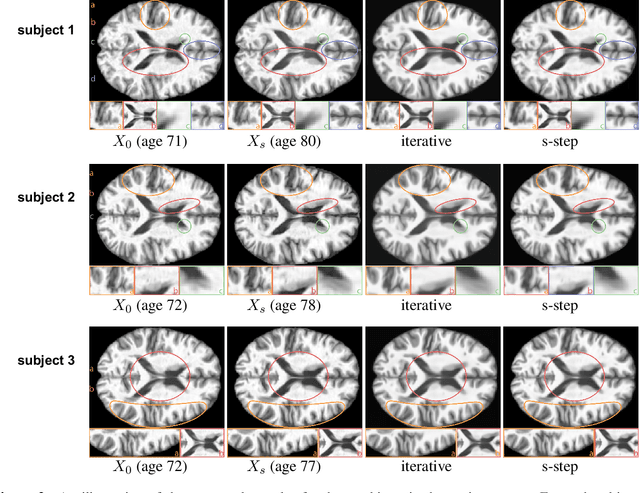
Abstract:This paper focuses on the analysis of sequential image data, particularly brain imaging data such as MRI, fMRI, CT, with the motivation of understanding the brain aging process and neurodegenerative diseases. To achieve this goal, we investigate image generation in a time series context. Specifically, we formulate a min-max problem derived from the $f$-divergence between neighboring pairs to learn a time series generator in a nonparametric manner. The generator enables us to generate future images by transforming prior lag-k observations and a random vector from a reference distribution. With a deep neural network learned generator, we prove that the joint distribution of the generated sequence converges to the latent truth under a Markov and a conditional invariance condition. Furthermore, we extend our generation mechanism to a panel data scenario to accommodate multiple samples. The effectiveness of our mechanism is evaluated by generating real brain MRI sequences from the Alzheimer's Disease Neuroimaging Initiative. These generated image sequences can be used as data augmentation to enhance the performance of further downstream tasks, such as Alzheimer's disease detection.
Deep Kronecker Network
Oct 24, 2022Abstract:We propose Deep Kronecker Network (DKN), a novel framework designed for analyzing medical imaging data, such as MRI, fMRI, CT, etc. Medical imaging data is different from general images in at least two aspects: i) sample size is usually much more limited, ii) model interpretation is more of a concern compared to outcome prediction. Due to its unique nature, general methods, such as convolutional neural network (CNN), are difficult to be directly applied. As such, we propose DKN, that is able to i) adapt to low sample size limitation, ii) provide desired model interpretation, and iii) achieve the prediction power as CNN. The DKN is general in the sense that it not only works for both matrix and (high-order) tensor represented image data, but also could be applied to both discrete and continuous outcomes. The DKN is built on a Kronecker product structure and implicitly imposes a piecewise smooth property on coefficients. Moreover, the Kronecker structure can be written into a convolutional form, so DKN also resembles a CNN, particularly, a fully convolutional network (FCN). Furthermore, we prove that with an alternating minimization algorithm, the solutions of DKN are guaranteed to converge to the truth geometrically even if the objective function is highly nonconvex. Interestingly, the DKN is also highly connected to the tensor regression framework proposed by Zhou et al. (2010), where a CANDECOMP/PARAFAC (CP) low-rank structure is imposed on tensor coefficients. Finally, we conduct both classification and regression analyses using real MRI data from the Alzheimer's Disease Neuroimaging Initiative (ADNI) to demonstrate the effectiveness of DKN.
Sparse Kronecker Product Decomposition: A General Framework of Signal Region Detection in Image Regression
Oct 17, 2022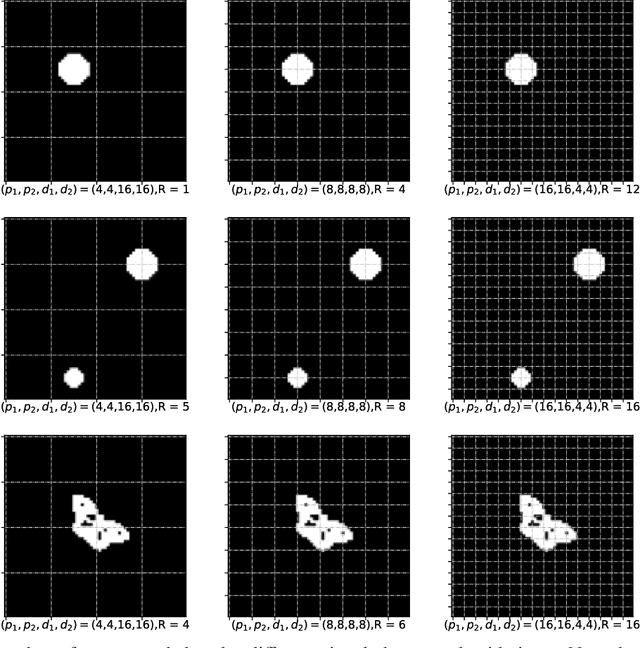
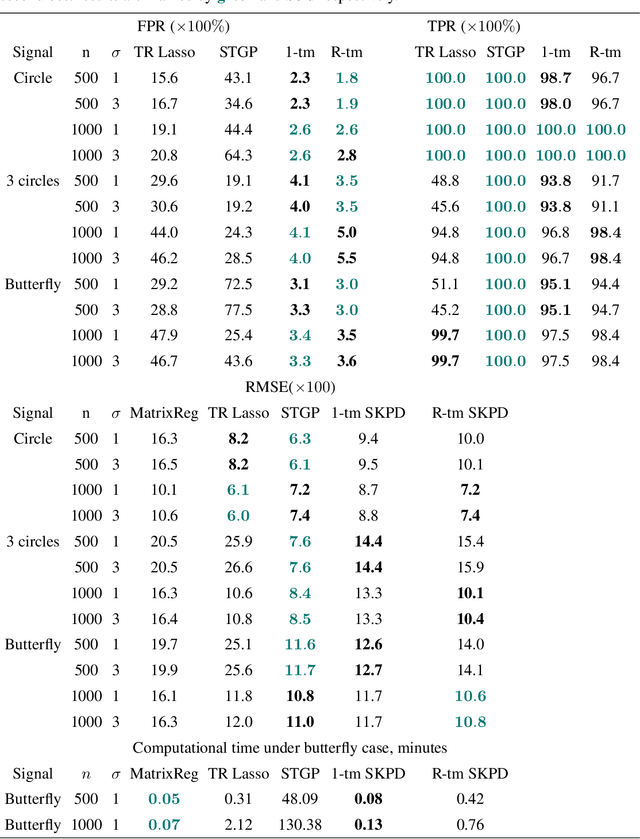
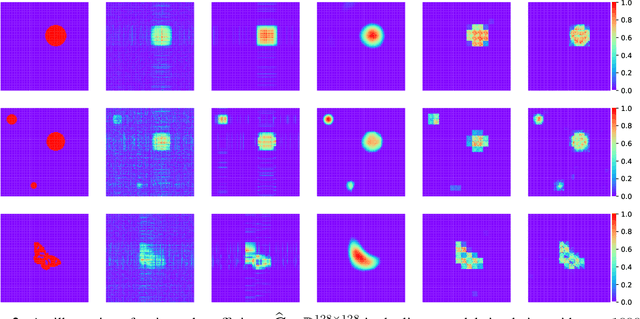

Abstract:This paper aims to present the first Frequentist framework on signal region detection in high-resolution and high-order image regression problems. Image data and scalar-on-image regression are intensively studied in recent years. However, most existing studies on such topics focused on outcome prediction, while the research on image region detection is rather limited, even though the latter is often more important. In this paper, we develop a general framework named Sparse Kronecker Product Decomposition (SKPD) to tackle this issue. The SKPD framework is general in the sense that it works for both matrices (e.g., 2D grayscale images) and (high-order) tensors (e.g., 2D colored images, brain MRI/fMRI data) represented image data. Moreover, unlike many Bayesian approaches, our framework is computationally scalable for high-resolution image problems. Specifically, our framework includes: 1) the one-term SKPD; 2) the multi-term SKPD; and 3) the nonlinear SKPD. We propose nonconvex optimization problems to estimate the one-term and multi-term SKPDs and develop path-following algorithms for the nonconvex optimization. The computed solutions of the path-following algorithm are guaranteed to converge to the truth with a particularly chosen initialization even though the optimization is nonconvex. Moreover, the region detection consistency could also be guaranteed by the one-term and multi-term SKPD. The nonlinear SKPD is highly connected to shallow convolutional neural networks (CNN), particular to CNN with one convolutional layer and one fully connected layer. Effectiveness of SKPDs is validated by real brain imaging data in the UK Biobank database.
 Add to Chrome
Add to Chrome Add to Firefox
Add to Firefox Add to Edge
Add to Edge